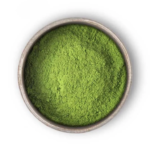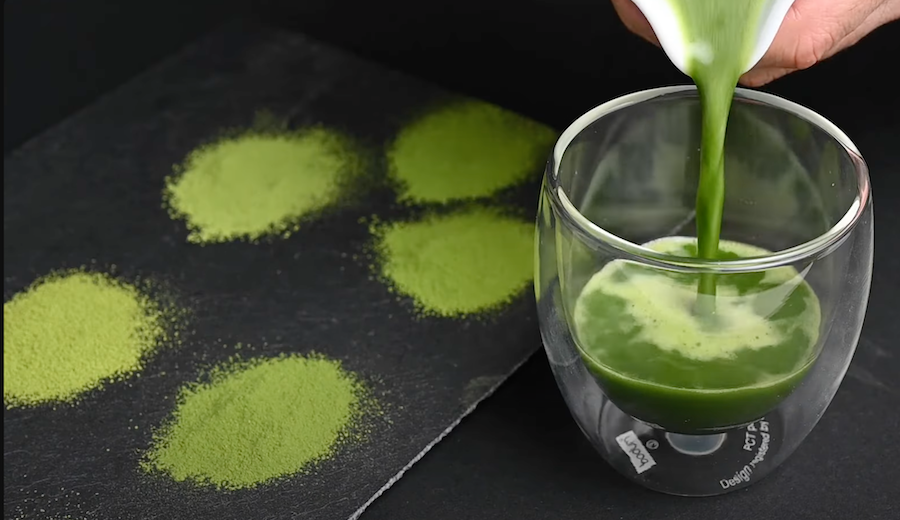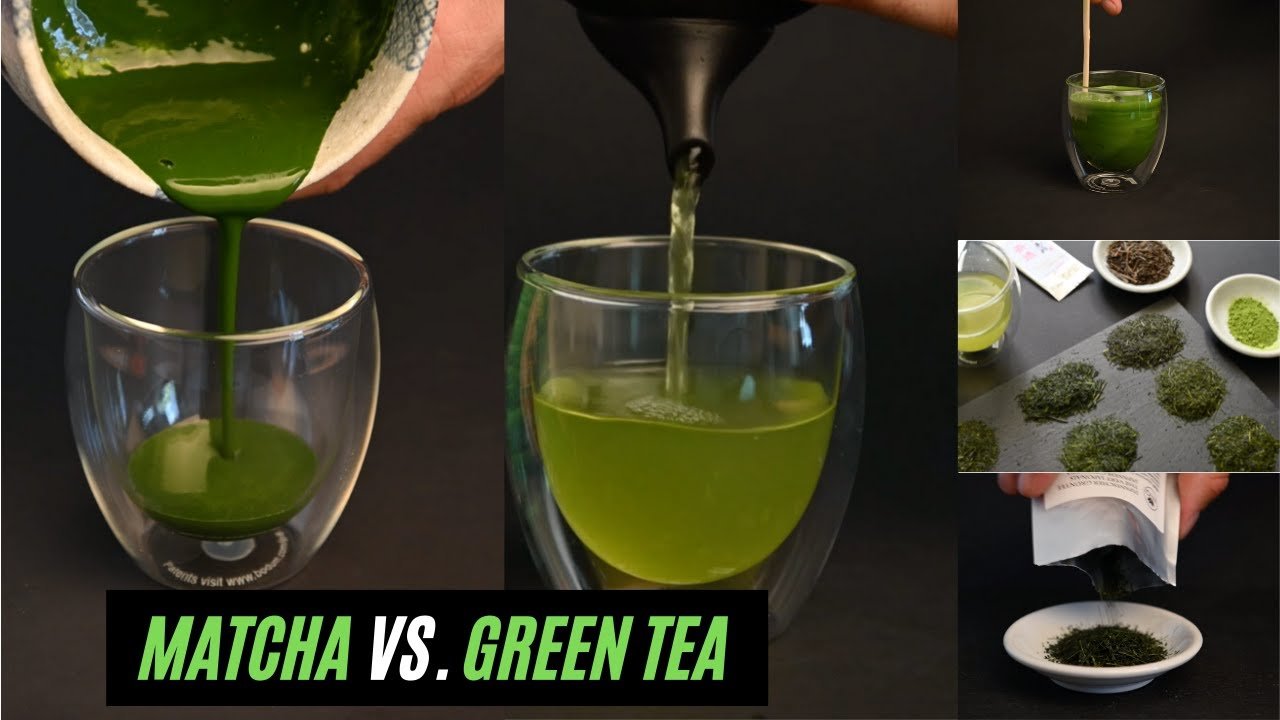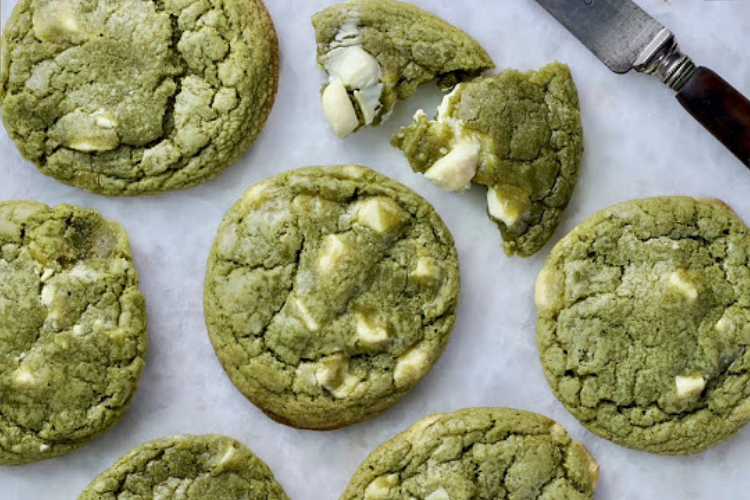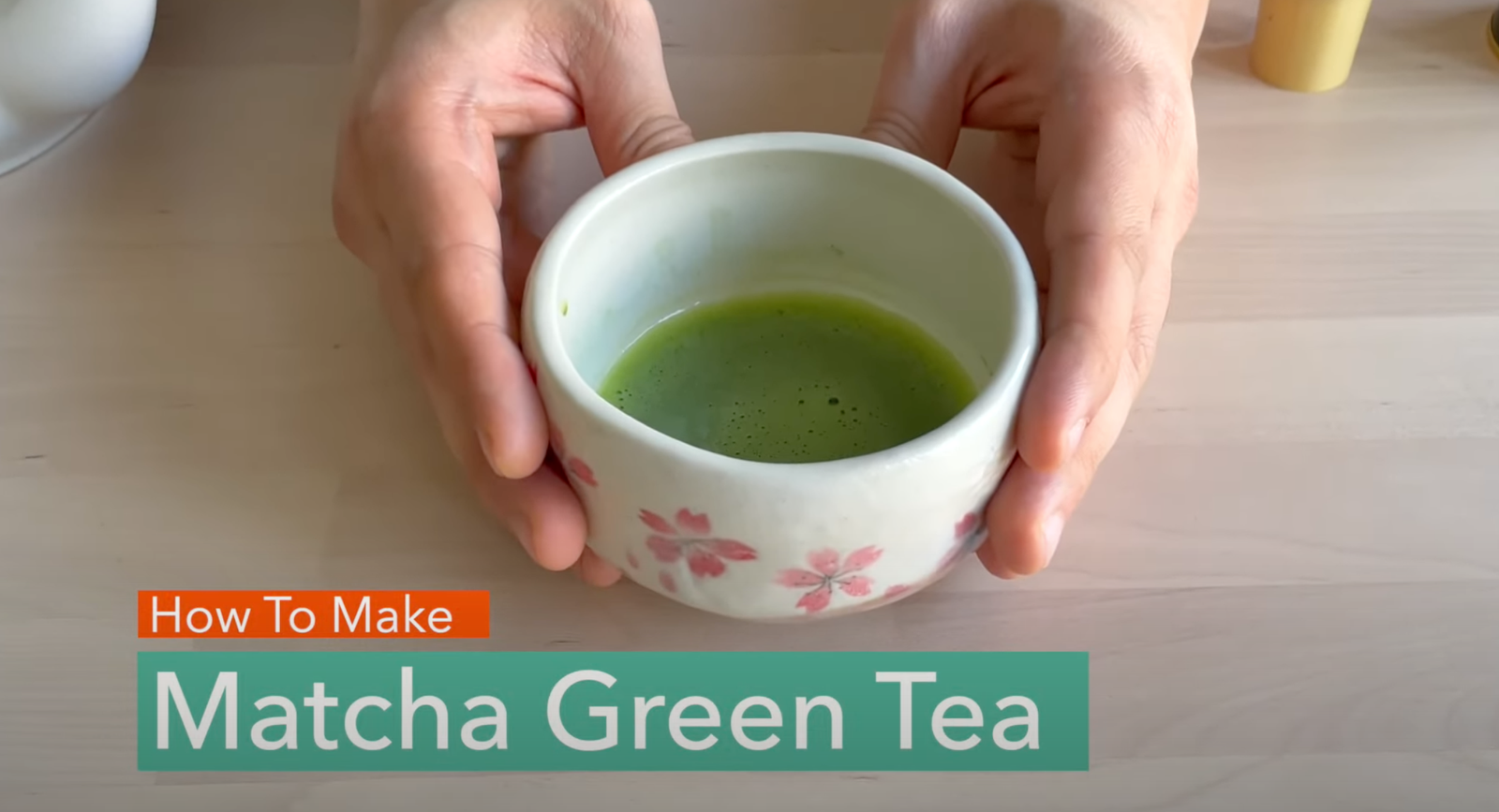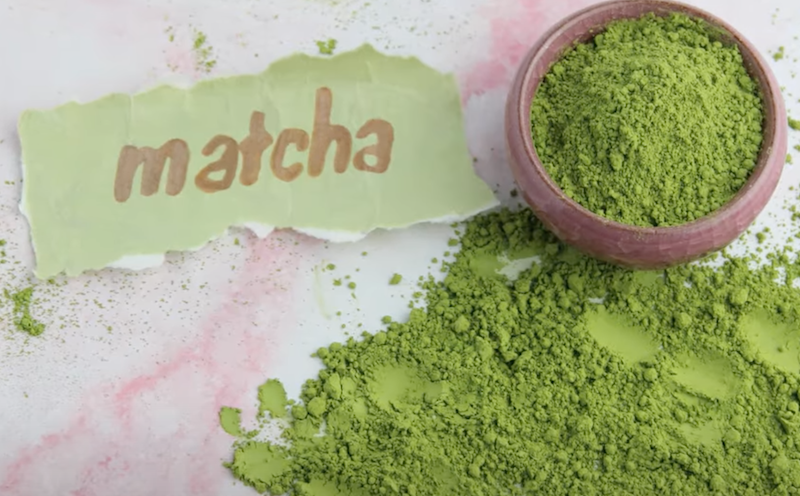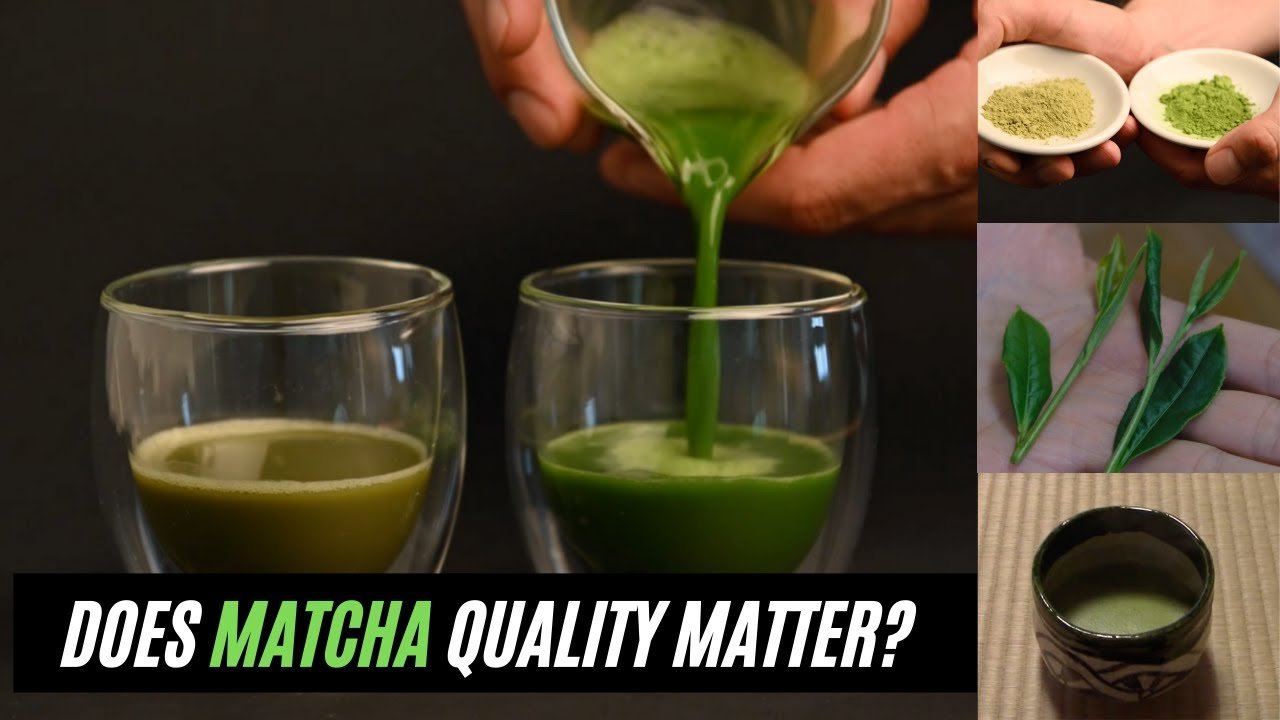Ceremonial grade matcha is a term that means different things for different people. In this article, we’re going to explore the true definition of ceremonial grade matcha and see how it differs from other types of matcha.
Understanding Ceremonial Grade Matcha
Let’s start off by addressing the definition of ceremonial grade matcha powder. Technically, there isn’t one—ceremonial grade matcha does not have a legal definition but is more about the stated use case of a particular matcha.
If I say a matcha is ceremonial grade, I’m indicating that it’s intended for ceremonial use. This means that you should drink it plain, mixed into water with a bamboo whisk, or chasen.

Adding milk or sugar to this tea would be a waste of high-quality matcha. Conversely, if a matcha is described as latte grade, that means it’s intended to be mixed with milk and sugar and enjoyed as a matcha latte.
Production of High-Quality Ceremonial Grade Matcha
So, how is ceremonial grade matcha made? For a matcha to be used in a tea ceremony, a long and labor-intensive production process is necessary to make it taste smooth enough to drink plain. We’ll cover a few of the basic steps used to make premium ceremonial grade matcha.
The Harvesting Process
When we talk about ceremonial grade matcha, we refer to the first harvest matcha. The tea plant can be harvested up to four times throughout the year, but the first harvest is the highest in nutrients.
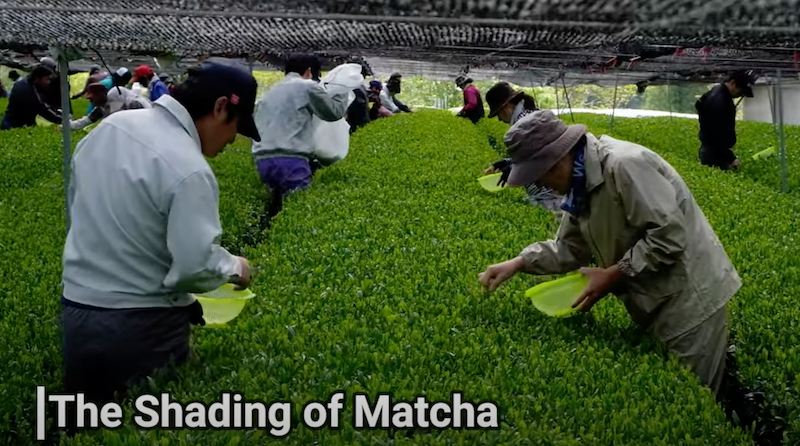
Before the harvest, the tea plants are shaded for three weeks to develop a smoother and sweeter flavor. This shading reduces the production of bitter catechins and increases the sweet and savory theanine in the leaves.
Only the top three sprouts are selected during the first harvest in the early to mid-spring, as these are the highest in nutrients and have the smoothest flavor.
Processing the Leaves
The processing of the leaves used to make premium matcha grades is similar to other Japanese green teas, with two exceptions. First, the stems are removed to enhance the flavor. Second, the leaves are ground into a fine powder using a stone mill.
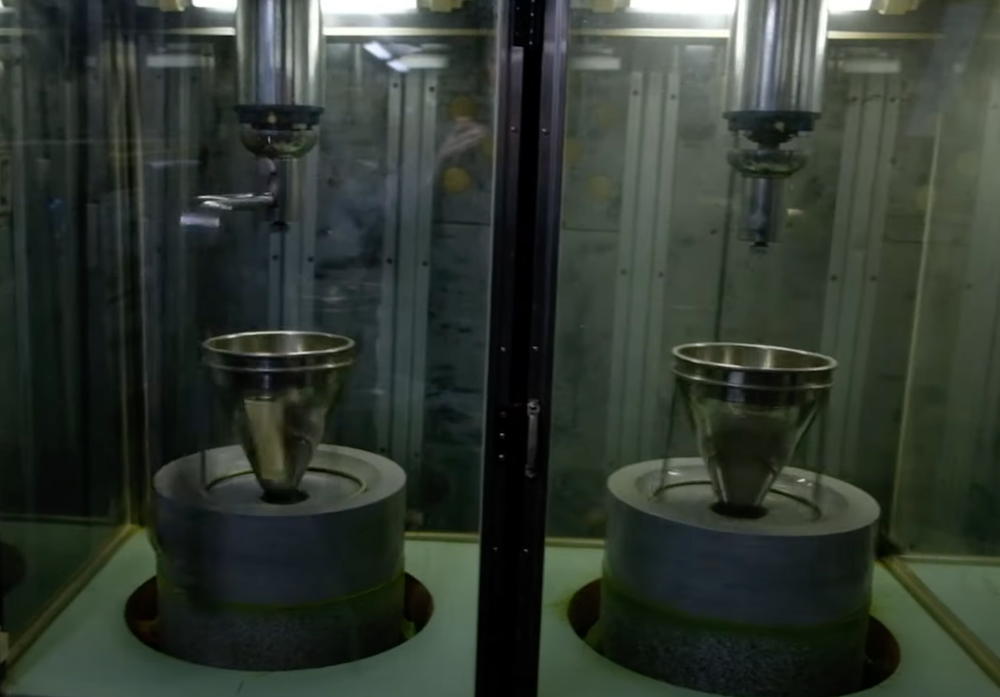
This mill, made of granite, takes about an hour just to produce 50 grams of matcha powder. All this hard work ensures that the premium ceremonial grade matcha is smooth enough to drink plain.
Identifying High-Quality Ceremonial Grade Matcha
Determining the quality of ceremonial grade matcha involves several key observations that can help you select the finest product. Here’s how you can identify high-quality ceremonial grade matcha:
Color Analysis
The color of matcha is a preliminary indicator of its quality. High-quality ceremonial grade matcha should display a vibrant, bright green color.
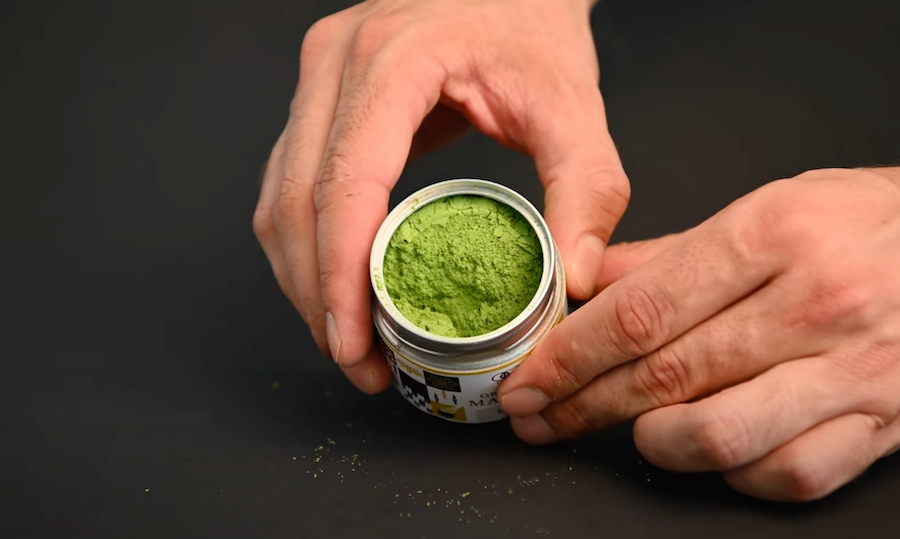
This richness in color suggests that the matcha is fresh and has been properly shaded during its growth.
On the other hand, a dull, brownish, or yellowish green might indicate that the matcha is either of lower quality or has aged past its prime.
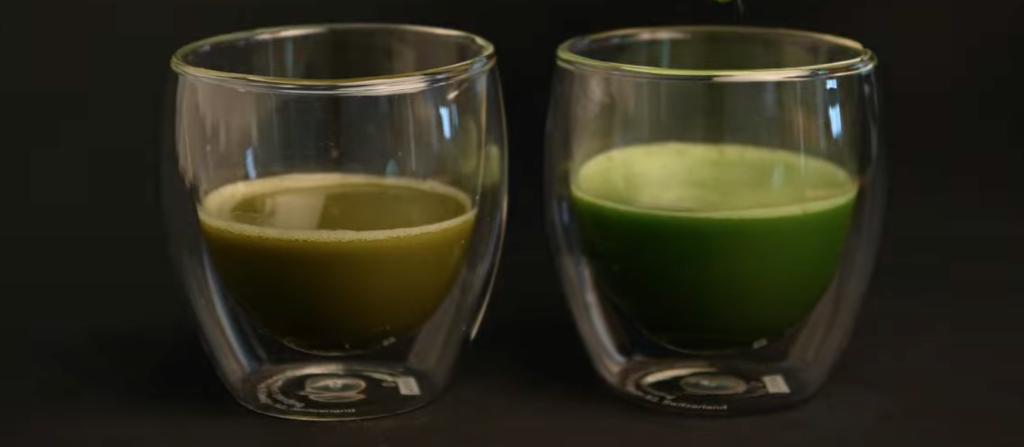
Foam Test
Another effective way to assess the quality of matcha is the foam test. When whisked, a high-quality matcha rich in amino acids should easily create a dense, rich foam.
To perform this test, sift two grams of matcha powder into your bowl, add about 100 milliliters of warm water, and whisk vigorously with a bamboo whisk. A good ceremonial grade matcha will produce a thick layer of frothy, bright green foam.
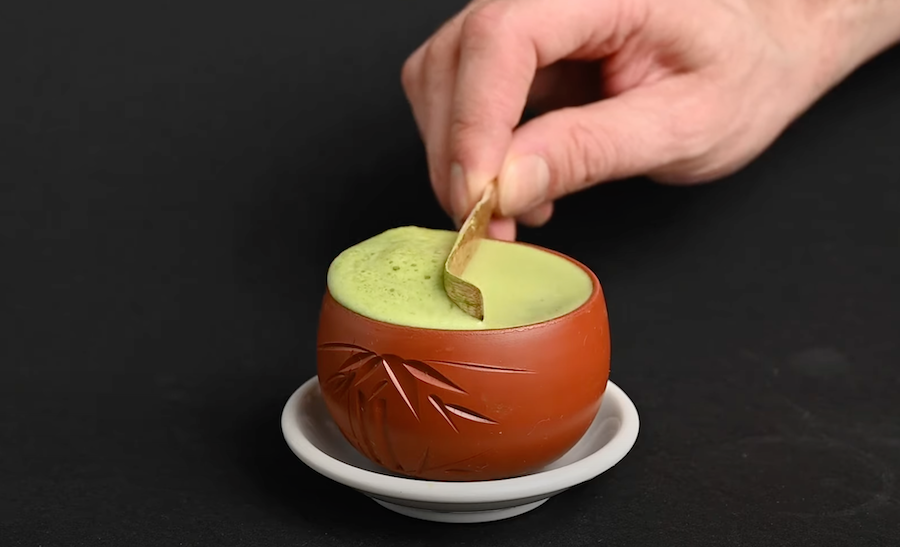
If the foam is sparse or fails to hold, the matcha might be of lower quality.
Flavor Profile
Ultimately, the true test of ceremonial grade matcha lies in its flavor. A superior ceremonial grade matcha should taste smooth and slightly sweet, with a minimal presence of bitterness. This delicate balance of flavors can only be achieved with high-quality leaves and meticulous processing.
For a deeper flavor assessment, prepare the matcha as koicha, which uses double the amount of matcha powder and half the amount of water. This thick matcha preparation intensifies the flavors, making any bitterness more perceptible and serving as a stringent test of quality.
By applying these methods, you can more confidently discern the quality of ceremonial grade matcha and ensure you are enjoying a product that is both authentic and enjoyable.
